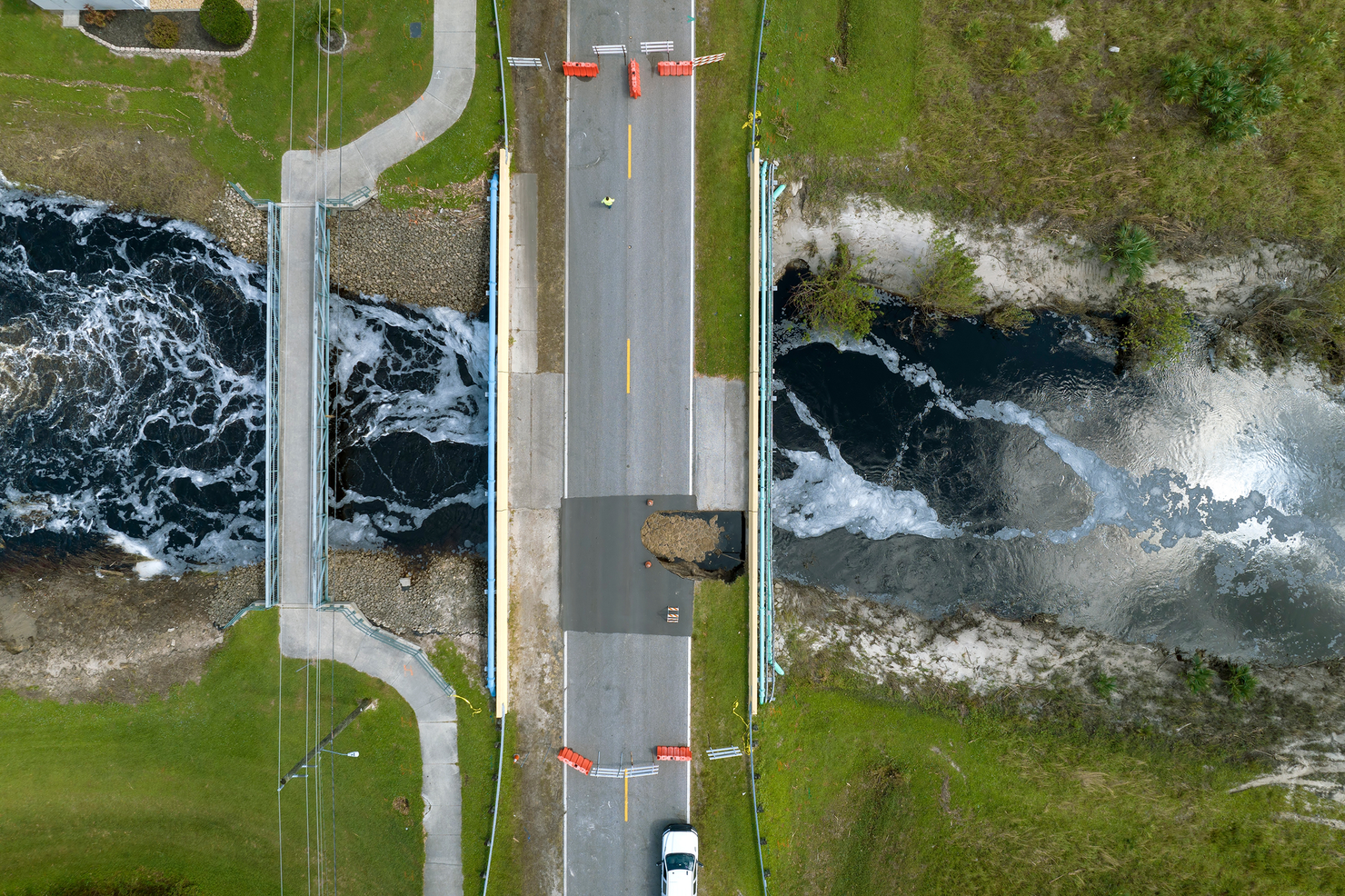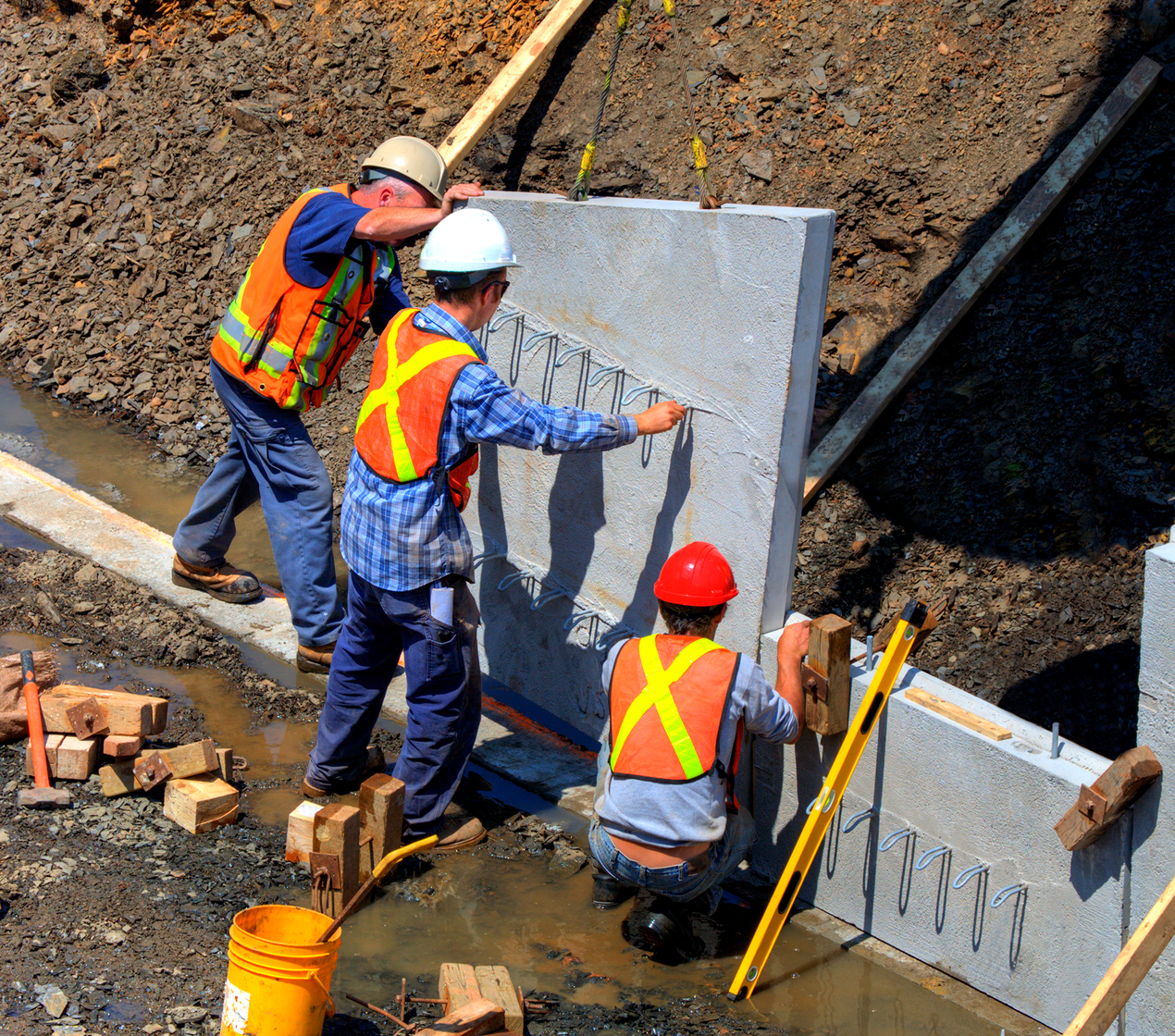If more disaster management responsibility is transferred to states, then the federal government must be transparent about funding; realistic about whether states have the capacity; and ready to allot more resources, given growing disaster exposures.
Much has been written recently about the Trump administration’s possible reform—and proposed termination—of the Federal Emergency Management Agency (FEMA). Two early Presidential Executive Orders, along with public statements by cabinet and FEMA appointees, show that the transition already is being implemented directly by the executive branch. The recent freezing of one of the largest grant programs for disaster mitigation, the Building Resilient Infrastructure and Communities Program, provides further evidence of a wholesale but still evolving change in how the United States manages and prepares for hazards.
While Congress debates the merits of possible changes to FEMA, an underlying theme running through these proposals is the transfer of a significant share of federal funds and functional obligations to state and local governments. The March 19 Executive Order, titled Achieving Efficiency Through State and Local Preparedness, explicitly calls for shifting more of the responsibility for various disaster functions, especially hazard mitigation and corresponding infrastructure, to state and local governments following a risk-based approach as part of a new national resilience strategy.
We can gain a helpful lens into what a changing federal role might mean by focusing here on disaster mitigation; that is, the actions taken to reduce long-term risks of damage to people and property. Mitigation could involve activities like building regional protective infrastructure like levees and seawalls, buyouts to move people out of harm’s way, or elevation of individual properties to reduce possible harm. These mostly pre-disaster investments have received far less funding than other activities like post-disaster relief and long-term recovery.

Despite underinvestment federally, mitigation is a particularly important and cost-effective function within US emergency management that appears to be targeted in the executive orders. This proposed movement of funds and functions to state and local governments creates more questions about how the proposed disaster management reforms square with US federalism; whether states can absorb these functions and manage federal transfers; and whether the volume of funds will grow, given that the need for disaster protections and associated costs only continue to grow.
To answer these questions, we first must consider the evidence regarding how much responsibility state and local governments already have—and how much more they could take on.
Current Funding Role of State and Local Governments
In fact, the federal government has not been the primary funder of disaster infrastructure. State and local governments have been paying the lion’s share of these investments for the last half century. According to data from the US Bureau of Economic Analysis on government fixed assets, the aggregate annual spending of all state and local governments across a range of infrastructure assets generally has been twice that of the federal government’s spending. Much of this growth of local investments is due in large part to the increased use of revenue-backed state and local bonds for a wide range of public works, in addition to their traditional general obligation borrowing. Famous recent examples of the use of local financing for flood mitigation include a Harris County, Texas, $2.5-billion bond passage for flood infrastructure in 2018 after Hurricane Harvey.
Federal funding for disaster-mitigation infrastructure has existed for decades, but only in the recent past has federal funding increased dramatically in lockstep with increased local funding. For example, in the case of floods, the Congressional Budget Office estimates that federal appropriations in adaptation funding totaled $15 billion in 2022 alone, though that was largely due to the one-time infusion of $7 billion as provided by the Infrastructure Investment and Jobs Act.
Three agencies in particular—FEMA, the US Army Corps of Engineers (Corps), and the US Department of Housing and Urban Development—are the largest sources of federal funding for flood-mitigation infrastructure. FEMA typically funds property-level infrastructure, such as buyouts or home elevations, and with recently expanded funds, FEMA also supports community and regional infrastructure before disasters. The Corps funding, which largely comes from special appropriations after a disaster, typically is for large-scale regional infrastructure that protects against floods. Funding from the Department of Housing and Urban Development (including Community Development Block Grant Disaster Recovery funds and the more recent Community Development Block Grant Mitigation funds) also requires special congressional appropriation after a disaster.
Ultimately, the decisions about these funds are made at the level of local governments, in coordination with the appropriate agency. Across these federal funding streams, state and local governments also typically must provide cost share for activities that span from planning through construction. For example, the Building Resilient Infrastructure and Communities Program (whose grants are currently frozen) requires a 25 percent local cost share, while many Corps projects require a 35 percent local cost share. Federal grants also rarely cover long-term expenditures such as maintenance. And, of course, local officials still make many decisions about land use, permitting, and other siting questions that facilitate building the infrastructure.

So, state and local governments already are in the driver’s seat in steering much of the money and decisions about disaster infrastructure. On this point, then, the executive order is correct in noting that state and local governments historically have been the arbiters of disaster-mitigating infrastructure. But does that local control justify a federal retreat from assisting high-risk areas?
Risky Places
The national resilience strategy proposed in the executive order has the stated objective of using risk-based approaches to distributing federal funds. But what exactly is a high-risk place?
The federal government uses a combination of public and private models to map areas that are at risk of multiple hazard types, from avalanches to winter weather. Currently, FEMA maintains the National Risk Index, a tool that models basic local hazard risks. However, the index does not fully account for future conditions and puts more weight on property values than other potential economic and societal effects. The index is only one tool in determining priority projects, since many other federal resources are contingent on an actual disaster declaration to trigger funds.
What remains unclear is whether a new federal definition of risk is in the works. An ostensibly neutral national risk assessment would need to be accurate (when predicting future hazard exposures), clear (for a range of local government decisions), and fair (attentive to disproportionate burdens in places like rural communities with lower-value property) to distribute funds among state and local governments as intended. This risk assessment would involve a monumental undertaking of modeling and analysis for the federal government. In many ways, such an assessment would be reinventing the wheel—but not necessarily with a better one.
Capacity Challenges
State and local governments also would need to administer the funds appropriately—a long-standing challenge that all federal disaster programs have faced. All transfers of federal funds must meet statutory requirements about the intended purpose of the state and local governments for their use, along with fiduciary compliance requirements for their expenditure. Federal oversight capacity and assistance tools (i.e., the federal bureaucracy that the executive orders and administrative changes intend to remove) are helpful for ensuring that the right projects are identified and built. There are no assurances that a simple transfer of funds will result in cost-effective disaster-related spending.
Assuming that a risk-based approach measures risk properly, a state or local government needs to have the capacity to identify the most effective projects that address those specific risks. In the past, transfers of block grants to states and local governments have not always resulted in the funding of best-use projects due to a range of issues—from local political constraints and preferences to simple implementation constraints like a limited pool of available land or contractors for completion of an infrastructure project. State and local governments—many with limited staff and limited technical networks—will not always identify and implement the most effective projects for the risks at hand.
Magnitude of Funding
Federal dollars are still critical to make many of these disaster-response projects feasible. A concern not addressed in the executive orders or in other administration statements is the total dollar value at play. One study estimates that most countries need 10 to 18 times more funding for hazard mitigation and climate adaptation than the amount they currently spend. Cost estimates for recent infrastructure projects demonstrate the massive sums required; for example, a coastal barrier system for Houston (the “Ike Dike”) is projected to cost up to $57 billion. The $15 billion that the federal government currently spends on flood mitigation, therefore, is vastly insufficient compared to the needs across the United States for all kinds of hazards. Under the proposal in the executive order, would a larger funding appropriation be made available to state and local communities in the future? Is $15 billion the baseline?

Another consideration for reforming the distribution of hazard-mitigation funds is that these funds often pay for themselves; by definition, they reduce the costs of life and property loss when a disaster happens.
Right now, studies have placed the bill for disaster losses in 2024 at over $218 billion. Much of these costs are covered by insurance policies, state and local governments, and private households and businesses before the federal backstop of relief and recovery funds kick in. But these funding sources are expected to decrease while disaster losses increase.
An investment in mitigation is a way to reduce costs for federal, state, and local governments in the long run. If the kinds of infrastructure funding at play are intended to help mitigate these growing losses, the total value of block grants would need to grow commensurately to benefit the federal government as much as local communities—unless the more comprehensive reform involves reducing or eliminating those federal disaster functions, as well.
Until more details emerge about the proposed shift in responsibility for disaster response—and about the general economic implications of transitioning disaster funding of any kind—measuring the fiscal impacts to federal, state, and local governments will be murky. Putting the entire burden of disaster mitigation efforts onto states, ultimately, could result in more damage losses and implementation challenges.

For more timely insights about developments in environmental and energy policy, browse the If/Then series.






